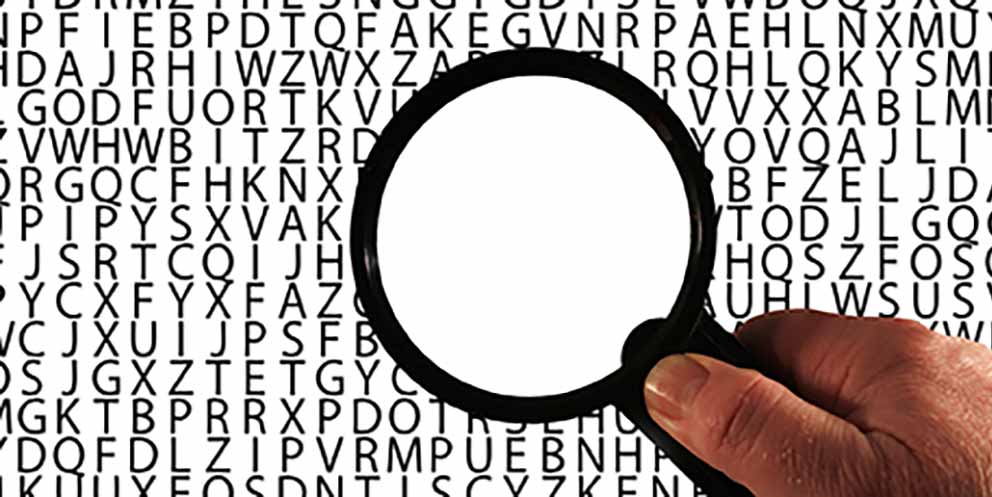What happens when working memory fails at work?
Single Point of Failure
NASA retired its space shuttle fleet from service in 2011 after 135 missions. Even though two catastrophes claimed 14 lives and two shuttles, its safety record relative to other space launch programs is remarkable. Yet, according to a RAND Report on the Space Shuttle published in 2003, “failure at one of more than 6,800 single failure points [could] result in the loss of the vehicle and crew”.
As it happens, two of the most advanced machines ever constructed were each downed by an incredibly tiny, but nevertheless crucial, ‘single point of failure’. Challenger, by a small O ring which lost functionality due to cold weather. This allowed a “plume of flame” to escape the joint and burn a hole in the external fuel tank filled with highly combustible material. Columbia’s loss was due to a small piece of protective foam from the external fuel tank. It dislodged during launch time, puncturing a small 15cm-25cm hole in a special tile on the edge of a wing. Super-heated air entered the heat shield and melted the structure.
A Single Point of Failure in decision making
Of course, you’re not running a space program! But, you constantly use the most complex system known – the human brain. In fact, as management professor Roger Martin points out, in this knowledge age you’re highly likely to be part of a ‘decision factory’. You probably don’t directly manufacture physical products. Instead, you produce decisions: what to sell, to whom, how, where and with what staffing levels. Your raw materials are data, transformed through analysis, memos and presentations, via the production process of meetings, into ‘decisions’.
Reflect for just a moment on the built world around you. You won’t need to look any further to be amazed by the output from decision making over time, most of it pretty recent. Yet the human brain, like the complex space shuttle, has limitations.
One major category of limitation is inability to pay active attention to all data collected from internal and external systems. The brain’s ‘decision making circuitry’, as incredible as it is, has single points of failure that can have catastrophic consequences if triggered. Of all of the major systems that contribute to decision making (such as Emotional Centre, Long Term Memory, Reward Centre etc.), it seems to be that Working Memory (WM) is most constrained. Furthermore, as neuroscience unlocks some of the mysteries of the brain, we are learning that many other systems also rely in some way on WM!
What is Working Memory? Earlier conceptualisations of memory made the obvious distinction between Long Term Memory (LTM) and Short Term Memory (STM). LTM was the memory store over time while STM was fleeting in nature, lasting only a few seconds.
In recent times, researchers have focused on the important role of Working Memory, in place of STM. Essentially this ‘circuitry’ (a network of connected subsystems located in different places in the brain) allows the brain to consciously process information. It’s not about the ability to remember a number with many digits or a list of random letters. Rather, it’s the processing the data currently in WM. For example, hearing the last piece of a conversation and knowing what to say next. Or, the point at which someone decides whether to sell or hold a stock or take one course of action over another.
Working Memory researchers and experts, Tracy and Ross Alloway, suggest that WM may be thought of as the brain’s Conductor, managing the data that feeds into conscious decisions – including a variety of sensory information, stored memories (LTM) and associated emotions. To be accessible for processing (i.e. affect the decision), it all needs to be ‘online’. But, it’s precisely the limited capacity of the brain’s ‘online infrastructure’ that presents the major decision making challenge. Compared with other parts of the decision making system, and considering how many other ‘circuits’ rely on it, Working Memory is remarkably constrained.
Researchers initially thought that our Short Term memory could handle between 5 and 9 ‘chunks’ of information, with the average around 7. What comprises a ‘chunk’ varies from person to person. Expertise results in information being packaged together so that the chunks are rather dense. Novices in the same area can handle much less information.
More recent research includes assessing the complexity of each chunk of information, as well as the processing that chunks must undergo. For example: holding three or four figures ‘online’ in WM; deciding which is the preferred number; and finally ‘knowing’ where to enter the selected choice in a computer application. Currently, researchers believe that most people can hold and process only 6 simple chunks and 4 complex chunks of data in WM. This is massively challenging in the complex knowledge age in which we work. WM can be a major ‘single point of failure’ for our entire decision making system. Depending on the individual and the event, the consequences could be far-reaching.
‘It is as it is’, but you can mitigate the risk
Until human WM is in some way artificially enhanced, we’ll all need to work with what we have. There are a number of things you can do to mitigate the risks and decrease the chances of an unwanted WM failure. Awareness is a vital first step. The side-bar provides a few other pointers.
PRACTICAL IDEAS TO APPLY IN YOUR BUSINESS
Ways to minimise Working Memory failure
- A vital first step is to learn a little more about Working Memory and the ways in which its limitations might derail decision making.
- Think particularly carefully about the rate at which you present information. This includes the context. WM failure can result from information overload. Simply put, the person’s Working Memory becomes full, so whatever you present next just can’t be absorbed – or something from earlier has to be dropped off. How familiar are others with the topic area and the specific data? Also, how much processing must they do, on-the-fly, to make sense of the information?
- At a higher level, emerging research is showing that the ‘24/7’, ‘always-on’ lifestyle is having a negative impact on WM. It’s believed that the slow but constant trickle of information from the huge variety of information devices doesn’t allow brains sufficient rest and recharge. The solution – turn off your device, or don’t look at it for a good part of your evening!



